
2021.01.22
Maezawa Magariya Shuraku (Maezawa L-shaped Farmhouses)
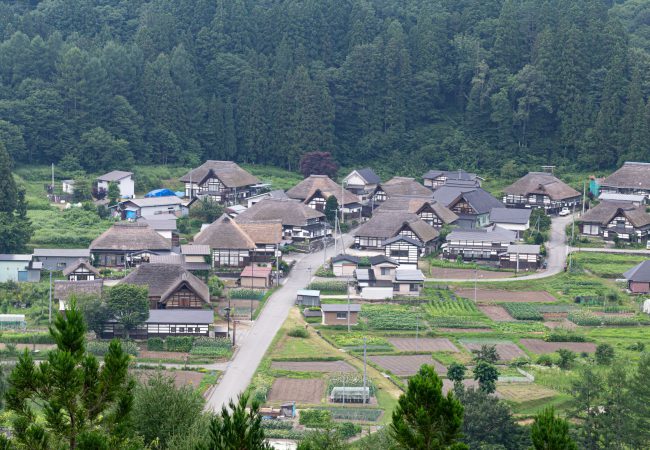
Nostalgic mountain village with old-style L-shaped thatched farmhouses.
| 住所 | 【Place】Maezawa Magariya Shuraku Maezawa, Minamiaizu-town, Fukushima Prefecture, Japan |
|---|---|
| 交通アクセス | 【Access】 34minutes by Aizu bus from Aizukougen-Ozeguchi station. or use Shuttle taxi ✆0120-915-221*reservation required 165minutes From Asakusa to Aizukougen-Ozeguchi station by Limited express "Revaty Aizu". |
| 営業時間 | 【Museum Open】8:30~16:30 Closed :Winter season (mid-November to mid-April) |
| 料金 | 【Admission fee】 Adult 300yen (250yen) Children / Student 150yen (100yen) *under high school student *prices within parentheses are group rates (20 people or more) *pre-school children are free Please wear face masks. We appreciate your cooperation. |
| 駐車場 | 【Parking】20 |
| URL | http://maezawa.html.xdomain.jp/ |
![]()
![]()
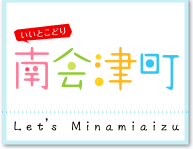
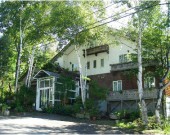
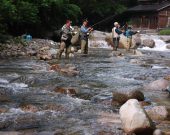
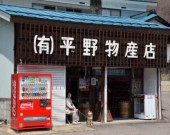
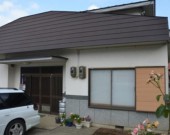
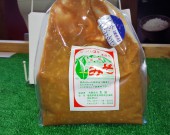
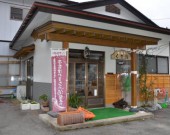
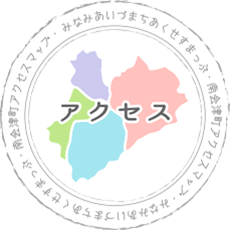


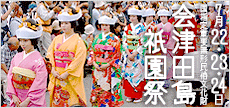




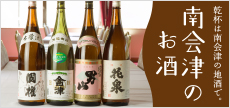
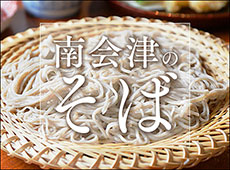
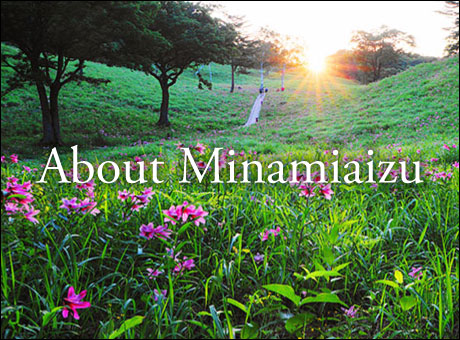













L-Shaped farmhouse
The L-shaped houses with thatched roofs allowed famers to protect their houses during the heavy snowfalls of winter. Internal stables and toilets were unusual at the time. Maezawa Magariya Shuraku has been designated as an “Important Preservation District for Groups of Traditional Buildings” by the national government in 2011.
History
Between the years of 1592-1595, Samurai called Kokatsu Nyudo settled down. After the big fire which burned all houses down in 1908, a group of carpenters built the same style L-shaped houses. There are 20 traditional houses, including 13 magariya, in the community and people still live there. One of the buildings is used as the museum where you can learn about folk traditions and lifestyle of peasants.
The 3 BEST places to see in Maezawa
1.Museum (walking map⑪)
You can see the inside of an L-shaped house with old style interior. Items used in daily life are on display
2.Observatory(waking map⑧)
10 minutes climb up the mountain across route 352, you can see a bird’s eye view of Maezawa village.
3.Water place
Along the main street of the village, there are 7 small water places. Before piped water was available in the village, each water place had its intended purpose. (From upper stream, for drinking, cooking, washing, clothes, hand work, washing a tub, washing a diaper, other)
*Notice
People live in Maezawa village.
Walk on pathways only. Please don’t go into the private houses, yards, and fields.
Because the thatch-roofed houses are flammable, smoking in the village is prohibited.
You can take pictures freely except for people’s pictures without setting permission.
”Magariya” L-shaped House
Minamiaizu-town winter is so cold.People and horses were living under one roof, because horses were very important tools of farming and transportation. Overnight in winter, 1 meter of snow often falls in Maezawa. The house became an L-shaped to connect directly to the main road, because it was hard work to remove the entrance snow.
1.Room:Sleeping space
2.“Zashiki”:High rank room for special guests.
3.“Uwaen”:Use for ceremonial occasion, such as marriage, funeral, etc.
4.“Shitan”:Space for daily life. Cooking, hand working, and talking at a traditional Japanese hearth.
5.Kitchen:Sink and wide-fire oven were placed.
6.“Doma”(Dirt floor):Space for agricultural working, bath- furnace, stable and toilet.
7.Stable:Had one or two horses
Tharched roof
Thatched roofs made from dried straw. That is why they have to be repaired every ten to fifteen years, by replacing the pieces of woven dried straw with new one.The thatched roof house is comfortable in summer, peaceful on the rainy day and protect their houses during the heavy snowfalls of winter. But we have to shovel snow off the thatched roof, because the snow doesn’t fall from the roof.
Soba Restaurant ”Magariya”
Near the entrance to the village is the restaurant where renovated a century-old thatched roof farmhouse serving a variety of soba dishes prepared from the buckwheat grown in the fields surrounding the restaurant. The restaurant is open daily from 10:30 am to 4:00 pm from late April to mid-November.
I recommend “Tenzaru soba set”. Soba dishes made of 100% ground locally produced buckwheat flour.